What is the Chuck Cut?
The chuck comes from the front top of the beef forequarter which consists of chuck/shoulder, rib, plate, and shoulder/shank. The chuck portion is comparable to the shoulder in lamb, veal, and pork.
Beef chuck comes in boneless or bone-in. Chuck that is ground up is less lean than other cuts of beef, such as ground round (which is a leaner cut in general).
The Chuck Cuts of Beef
7-Bone Roast / 7-Bone Steak
- Other names: center cut pot roast, pot roast, seven bone roast.
- The 7-Bone cut is lean, making it a great braising cut. This cut includes a cross cut of the shoulder blade giving it a shape like the number 7. Steaks and roasts are the same cut, but the steaks are cut thinner, 1/2 to 3/4 inch thick.
Blade Chuck Roast
- The blade chuck roast is a lean cut, ideal for braising.
Chuck Eye Roast
- Other names for this cut: chuck arm pot roast boneless, shoulder pot roast, inside chuck roll, boneless chuck fillet, mock tender steaks.
- The boneless chuck eye roast is the cut from the center of the roll, is a lean cut, and is good for roasting and for braising. As it is a lean cut so treat it appropriately.
- IMPS# 116D.
Country Style Ribs
- Other names for this cut: boneless country style ribs, chuck ribs.
- This cut comes from the chuck eye roll, and is boneless. Country style ribs are great for grilling after moist heat, braising, or slow-cooked. These take to marinades well.
- IMPS# 1116D.
Denver Steak
- Other names for this cut: under blade center cut steak, Denver cut.
- The Denver steak comes from separating the chuck eye roll from the chuck under blade to isolate a tender muscle. It is well marbled, cut from the fourth most tender beef muscle. Good for grilling, takes well to dry rubs, and is excellent for fajitas and sandwiches when sliced thin.
- IMPS# 1116G.
Flat Iron Steak
- Other names for this cut: flatiron steak, top blade steak, book steak, butler steak, oyster blade steak, lifter steak, petite steak, boneless top chuck steak, patio steak.
- The flat iron steak has significant marbling, is juicy, and is often marketed as a lower cost filet mignon as it is the second most tender beef cut there is. The flat iron steak is great for grilling and for serving medium rare to medium.
- IMPS# 1114D.
Petite Tender Roast / Petite Tender Medallions
- Other names for this cut: shoulder tender, butcher’s steak, shoulder petite tender roast boneless, and when whole as petite Chateaubriand.
- This tender cut can be roasted or grilled whole, or prepared in medallions that are 3/4 to 1 inch thick and 2 to 3 ounces each. This is a lean cut, and is best grilled, pan broiled, or sauteed and cooked to medium rare to medium. An excellent cut for steak sliders.
- IMPS# 114F; 1114F (medallions).
Ranch Steak
- Other names for this cut: boneless chuck shoulder center cut steak.
- Best when grilled and served medium rare or rare, or it becomes tough. Otherwise, marinate well or use a moist heat method for well done. Good for steaks, cut up for skewers, or sliced into strips for quick cooking.
- IMPS# 1114E.
Short Ribs, Bone-In or Boneless
- Other names for this cut: boneless braising ribs, boneless beef short ribs, chuck boneless short ribs, chuck short ribs.
- Short ribs come from a small corner of the chuck (lip of the roll), and from a portion of the rib and plate primal cuts. Short ribs are excellent for grilling, barbecuing, and also for braising. For dry heat methods short ribs take to rubs well. Flanken short ribs or English cut are those cut across the bone. Korean short ribs are shorter, typically butterflied to unfurl the meat, or completely boneless and cut into 1/4 to 1/8 inch thickness.
Shoulder Roast
- Other names for this cut: cross rib roast, shoulder roast, boneless English roast.
- The shoulder roast and shoulder roast steak boneless are lean cuts that are great for braising.
Shoulder Roast Steak Boneless
- Other names for this cut: London Broil, English steak, shoulder steak.
- This cut is lean, and perfect for marinading for maximum tenderizing action.
Delmonico Steaks
- Delmonico steaks come from the section of the chuck eye roll closest to the the ribeye portion. Well-marbled and tender, it is lower cost substitute for the ribeye. Below is how to cut the Delmonico steak, which is best tied with butcher’s twine, which is used to keep the steaks in a cirucular shape. Flat top grill for best appearance, also great for grilling.
- Cut from IMPS# 1116D, cutting off three 1-inch steaks from end portion.

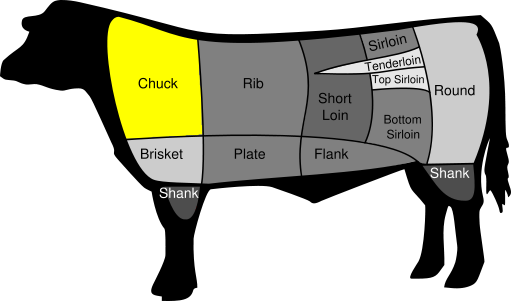
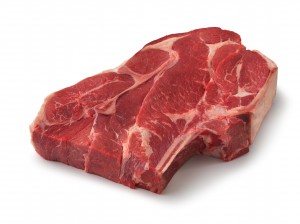
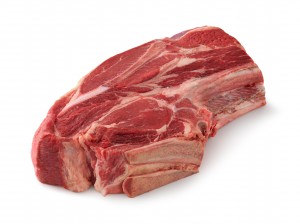
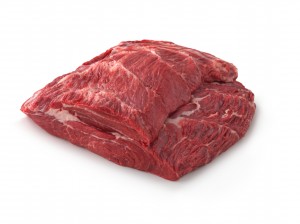
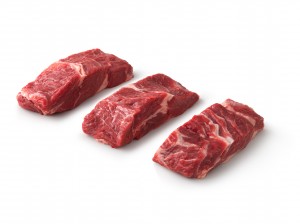
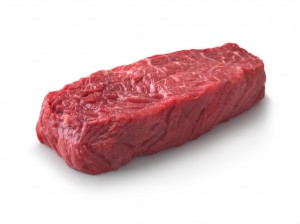
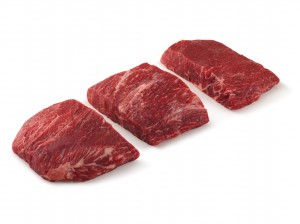
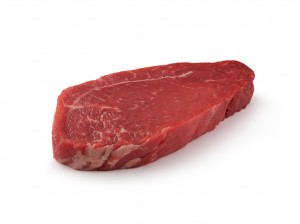
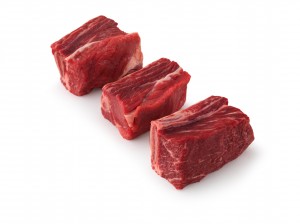
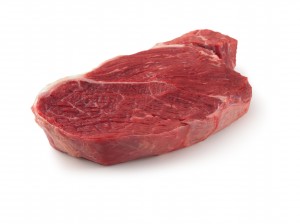
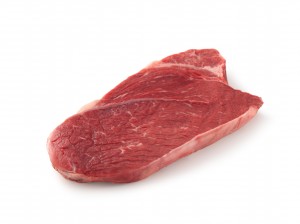
 Welcome to All Q’d Up. Dedicated to the art of barbecue.
Welcome to All Q’d Up. Dedicated to the art of barbecue. 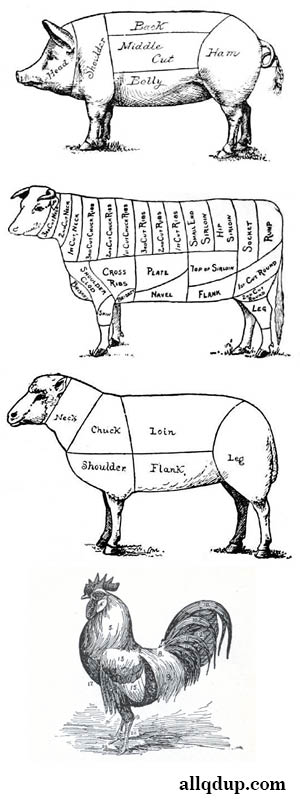
Trackbacks/Pingbacks